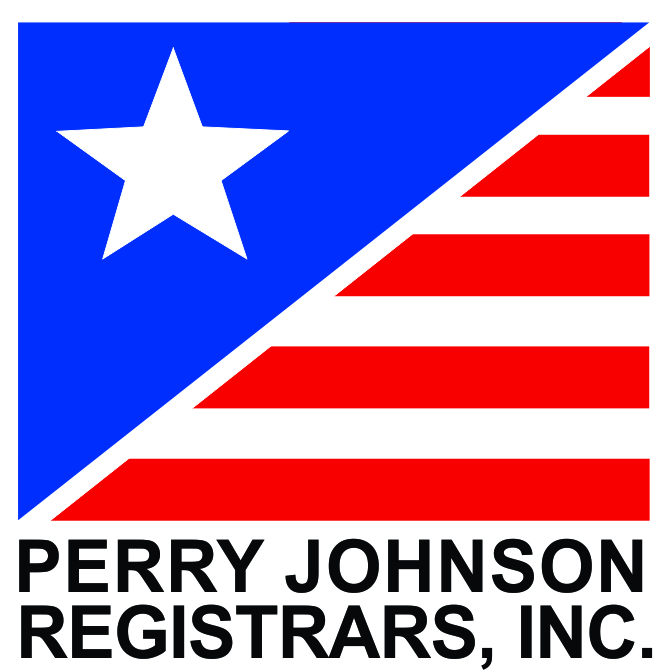Ceramic-to-metal Brazing
Ceramic-to-metal brazing produces a ceramic-to-metal seal (CTM), which is a joined or bonded assembly of a ceramic and a metal. STC Material Solutions uses the below techniques for creating the highest quality ceramic-to-metal seals:1. Ceramic to Metal Brazing (or Soldering)
Ceramic-to-metal brazing and soldering use a metal or alloy (often eutectic) in the form of a wire, paste, or preform with a lower melting temperature than either of the parts to be joined. The braze or solder is placed between the faces to be joined and heated. Upon melting, the braze or solder metallurgically wets both surfaces. Upon cooling, the braze or solder solidifies to form a strong and hermetic joint. Brazes and solders naturally wet to many metals. However, many metals with robust native oxides require Nickel and Gold plating to increase the wettability. Bare ceramics require metallization in order for the braze or solder to sufficiently wet. To metallize, we use one of the metallization techniques listed in the Metallization section under Capabilities.Sealing techniques that occur at temperatures below 450°C are called soldering (often flux-less soldering at STC Material Solutions) or soft brazing. Sealing techniques performed at temperatures greater than 450°C are called brazing
2. Ceramic to Metal Diffusion Bonding
Diffusion bonding, unlike ceramic-to-metal-brazing is a direct sealing process without any filler materials at the interface. As opposed to the metallurgical wetting and bonding from brazing or soldering, diffusion bonding is a direct inter-diffusion process. STC Material Solutions performs diffusion bonding for all combinations such as glass/glass, glass/ceramic, ceramic/metal, ceramic/ceramic and metal/metal. Interdiffusion is encouraged by high temperatures, pressures, and bonding time.3. Ceramic to Metal Active Brazing
Active brazing refers to braze materials that do not require ceramic metallization. Appropriate for specific applications and geometry, STC material Solutions uses an internally developed braze formulation that contains a small amount of highly reactive element that bonds directly to ceramics. This STC Material Solutions thermo-diffusive and thermo-metallurgical reactive braze has very different properties when compared with commercially available counterparts. Use of an active braze is only appropriate for certain situations where the thermal properties of the components to be bonded are compatible. In some cases, it may be the only process option. It is best suited for structural joints and geometries and materials that make ceramic metallization difficult. For most geometries and layouts, brazing is recommended to meet hermeticity requirements.4. Co-Fired Bonding of Ceramic and Metal
In recent years, STC Material Solutions has developed a novel braze-less ceramic and metal bonding technique. A sample sketch of the configuration below demonstrates no braze or sealing glass in-between the pin and the ceramic header. It is a patent pending concept and the hermeticity goal is 10 -11 He std. cc/sec at 1 atm. Diff.5. Glass to Metal Sealing
Glass-to-metal (GTM) sealing uses a vitreous glass, devitrifying glass, or glass composite to form a hermetic seal. The sealing can be between all combinations of glass, ceramic, and metal. Similar to an active braze, the ceramics and glasses do not require any metallization. Due to the brittle nature of the glass seal, thorough understanding of the thermal properties, particularly thermal expansion, is required for the materials to be bonded. There is a wide range of sealing temperatures and can be as low as 400°C. Over the years, STC Material Solutions has developed its own formulations and catalog (see Metal and Sealing Glass list). Additionally, custom glass formulations are available upon request. Refer to glass to metal seal page for more detailed information.
Please click for a PDF copy of the brochures,
Ceramic to Metal Seal,
Hermetic Seal,
Metallization, and
Metal and Sealing Glass List.



